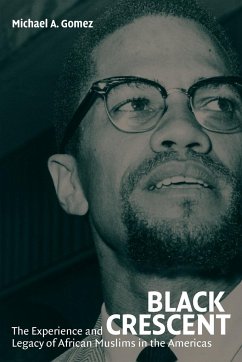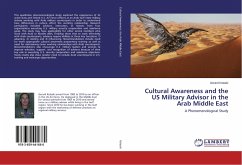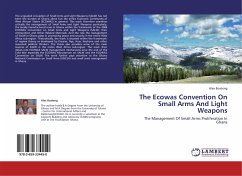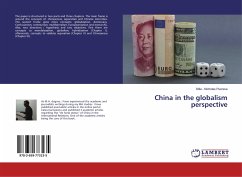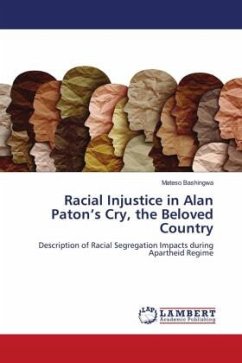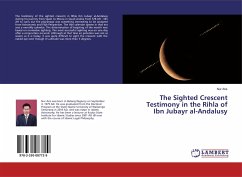
The Sighted Crescent Testimony in the Rihla of Ibn Jubayr al-Andalusy
Versandkostenfrei!
Versandfertig in 6-10 Tagen
18,99 €
inkl. MwSt.

PAYBACK Punkte
9 °P sammeln!
The testimony of the sighted crescent in Rihla Ibn Jubayr al-Andalusy during his journey from Spain to Mecca in Saudi Arabia from 578 AH - 581 AH to carry out the pilgrimage was something interesting to be analyzed from Astronomic and Fiqh Perspective. The Hijri calendar system in that era was a monthly calendar. The determination of begining of the month was based on normative sighting. The most successful sighting was on one day after a conjunction occured. Although at that time air pollution was not as severe as it is today, it was quite difficult to sight the crescent with the naked eye ev...
The testimony of the sighted crescent in Rihla Ibn Jubayr al-Andalusy during his journey from Spain to Mecca in Saudi Arabia from 578 AH - 581 AH to carry out the pilgrimage was something interesting to be analyzed from Astronomic and Fiqh Perspective. The Hijri calendar system in that era was a monthly calendar. The determination of begining of the month was based on normative sighting. The most successful sighting was on one day after a conjunction occured. Although at that time air pollution was not as severe as it is today, it was quite difficult to sight the crescent with the naked eye even though it's altitude was more than 5 degrees.



